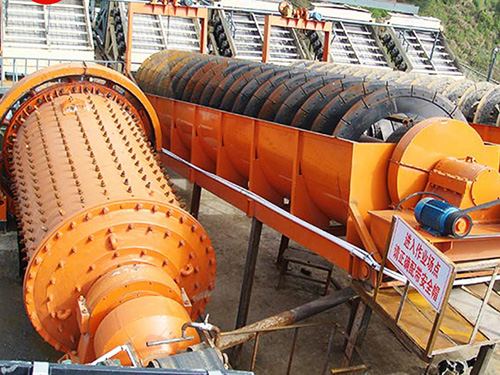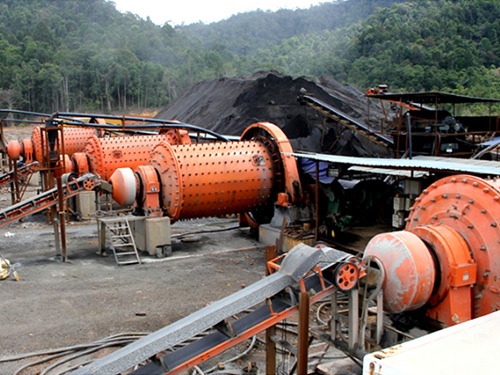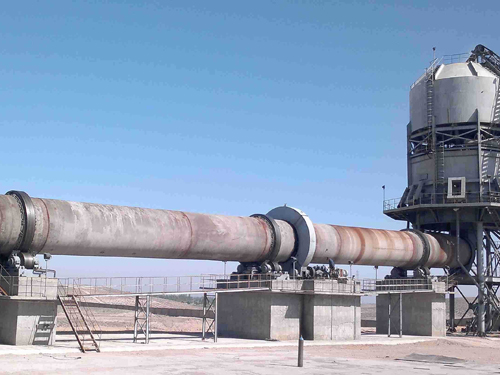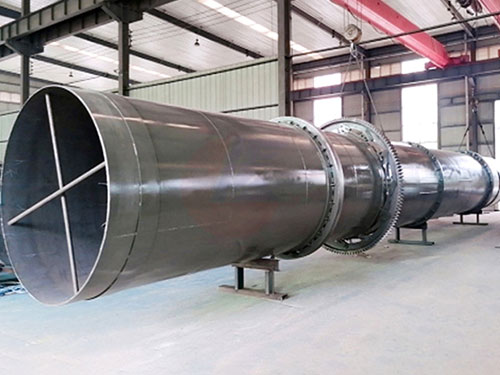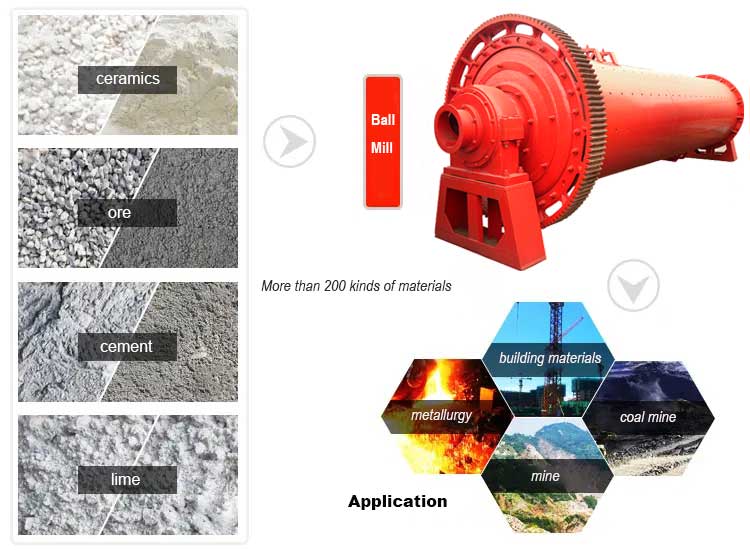
In the mining industry, the ore ball mill is a cornerstone piece of equipment used to grind and process raw ore into fine particles for further extraction of valuable minerals. As a critical component in mineral processing, the ore ball mill plays a vital role in ensuring efficient and cost-effective operations. This comprehensive guide will explore the importance of ore ball mills, their working principles, applications, benefits, and best practices for optimizing their performance. Whether you're a mining engineer, plant operator, or industry professional, this article will provide valuable insights into maximizing the efficiency of your ore ball mill.
What is an Ore Ball Mill?
An ore ball mill is a type of grinding machine used to grind ores and other raw materials into fine powder. It consists of a rotating cylindrical shell filled with grinding media, such as steel balls, which crush and grind the ore through impact and attrition. The ground material is then discharged for further processing, such as flotation, leaching, or magnetic separation. Ore ball mills are widely used in mining operations to liberate valuable minerals from ore, making them essential for mineral extraction.
Key Components of an Ore Ball Mill
Cylindrical Shell: The outer structure that houses the grinding media and ore.
Grinding Media: Steel balls or other materials that crush and grind the ore.
Drive System: Includes the motor, gearbox, and bearings that rotate the mill.
Liners: Protective layers inside the mill to reduce wear and tear caused by abrasive materials.
Feed and Discharge System: Allows ore to enter and exit the mill efficiently.
Classifiers: Separate the ground material based on particle size for further processing.
How Does an Ore Ball Mill Work?
The ore ball mill operates on a simple yet effective principle:
Loading: Raw ore is fed into the mill along with water or other grinding aids.
Rotation: The cylindrical shell rotates, causing the grinding media to cascade and impact the ore.
Grinding: The ore is crushed and ground into fine particles through repeated impact and attrition.
Discharge: The ground material is discharged and sent for further processing, such as separation or extraction.
The efficiency of the grinding process depends on factors such as the speed of rotation, the size and type of grinding media, and the ore feed rate.
Applications of Ore Ball Mills in Mining
Mineral Liberation: Ore ball mills are used to grind ores to liberate valuable minerals from gangue (waste material).
Gold and Copper Processing: Widely used in gold and copper mining to grind ore for cyanidation or flotation.
Iron Ore Grinding: Essential for grinding iron ore to produce pellets or fines for steel production.
Phosphate and Potash Processing: Used in the grinding of phosphate rock and potash ores for fertilizer production.
Rare Earth Elements: Critical for grinding rare earth ores to extract valuable elements used in electronics and renewable energy technologies.
Benefits of Using an Ore Ball Mill
High Efficiency: Ore ball mills are capable of grinding large quantities of ore with relatively low energy consumption.
Versatility: Can handle a wide range of ores, including hard and abrasive materials.
Consistency: Produces uniform particle size, which is critical for downstream processing.
Durability: Designed to withstand the harsh conditions of mining operations.
Scalability: Available in various sizes to meet the needs of small and large-scale mining operations.
Tips for Optimizing Ore Ball Mill Performance
Optimal Loading of Grinding Media: Ensure the mill is filled with the correct amount and size of grinding balls. Overloading or underloading can reduce efficiency.
Control Rotation Speed: Operate the mill at the optimal speed to maximize grinding efficiency. Too fast or too slow can lead to poor performance.
Regular Maintenance: Inspect and maintain the mill regularly to prevent unexpected downtime. This includes checking liners, drive systems, and lubrication.
Proper Ore Feed Rate: Control the feed rate to ensure consistent grinding. Overfeeding can cause clogging, while underfeeding reduces throughput.
Use of Grinding Aids: Additives such as water or chemicals can improve grinding efficiency and reduce energy consumption.
Monitor Particle Size Distribution: Use classifiers or screens to ensure the ground material meets the desired specifications for downstream processing.
Common Challenges in Ore Ball Mill Operations
Wear and Tear: The abrasive nature of ores and grinding media can cause significant wear. Regular inspection and timely replacement of liners and grinding balls are essential.
Overheating: High temperatures can damage the mill and reduce efficiency. Ensure proper ventilation and cooling systems are in place.
Energy Consumption: Ore ball mills are energy-intensive. Optimizing operating parameters and using energy-efficient technologies can reduce costs.
Noise Pollution: Ore ball mills can generate significant noise. Use soundproofing materials and ensure the mill is properly balanced to minimize noise levels.
Contamination: Use appropriate materials for liners and grinding media to prevent contamination of the ground ore.
Future Trends in Ore Ball Mill Technology
Automation and Digitalization: The integration of IoT and automation technologies allows for real-time monitoring and control of ore ball mill operations, improving efficiency and reducing downtime.
Energy-Efficient Designs: Manufacturers are developing ore ball mills with lower energy consumption and higher grinding efficiency.
Advanced Materials: The use of high-performance materials for liners and grinding media enhances durability and reduces maintenance costs.
Sustainability: Mining companies are increasingly focusing on sustainable practices, such as reducing water usage and minimizing environmental impact during grinding.
Why Choose an Ore Ball Mill?
The ore ball mill remains the preferred choice for mineral processing due to its reliability, efficiency, and ability to handle a wide range of ores. Its versatility and scalability make it suitable for both small and large-scale mining operations. By optimizing operating parameters and adopting best practices, mining companies can maximize the performance of their ore ball mills, ensuring efficient mineral extraction and reducing operational costs.
The ore ball mill is an indispensable piece of equipment in the mining industry, playing a critical role in grinding ores to liberate valuable minerals. Its ability to process large quantities of ore with high efficiency and consistency makes it a cornerstone of mineral processing operations. By understanding the working principles, benefits, and optimization techniques, mining professionals can ensure their ore ball mills operate at peak performance.
Investing in a high-quality ore ball mill and adhering to best practices will not only improve your mineral processing efficiency but also contribute to long-term cost savings and operational sustainability. Stay ahead of the competition by leveraging the latest advancements in ore ball mill technology and adopting innovative practices in your mining operations.
By following this guide, you can make informed decisions about your ore ball mill, ensuring it meets your specific needs and delivers optimal results. Whether you're upgrading an existing mill or investing in a new one, this comprehensive guide will help you achieve success in your mineral processing operations.

